Diverse Applications
The versatility of nonwoven fabrics is a significant driver for The Global Nonwoven Fabrics Industry. These materials find applications across various sectors, including healthcare, automotive, construction, and consumer goods. In the healthcare sector, nonwoven fabrics are extensively used in surgical gowns, masks, and wound dressings, contributing to a robust market segment. The automotive industry also increasingly utilizes nonwoven materials for insulation, soundproofing, and interior components, indicating a growing trend. According to recent estimates, the healthcare application segment alone is projected to account for a substantial share of the market, potentially exceeding several billion dollars by 2025. This broad applicability not only enhances market resilience but also attracts investments from diverse industries.
Regulatory Compliance
Regulatory compliance is emerging as a crucial driver for The Global Nonwoven Fabrics Industry. Governments worldwide are implementing stringent regulations regarding product safety, environmental impact, and waste management. Nonwoven fabrics, particularly those used in medical and hygiene products, must adhere to specific standards to ensure consumer safety. Compliance with these regulations often necessitates the use of high-quality materials and advanced manufacturing processes, which can increase production costs. However, companies that successfully navigate these regulatory landscapes may gain a competitive edge, as they can assure customers of product safety and reliability. Furthermore, adherence to regulations can open up new market opportunities, particularly in regions with strict compliance requirements.
Sustainability Initiatives
The increasing emphasis on sustainability appears to be a pivotal driver for The Global Nonwoven Fabrics Industry. As consumers and manufacturers alike become more environmentally conscious, the demand for eco-friendly materials is surging. Nonwoven fabrics, often made from recycled materials, align well with these sustainability goals. In fact, the market for biodegradable nonwoven fabrics is projected to grow significantly, potentially reaching a valuation of several billion dollars by 2026. This shift towards sustainable practices not only enhances brand reputation but also meets regulatory requirements that are becoming more stringent worldwide. Consequently, companies that invest in sustainable nonwoven fabric production may find themselves at a competitive advantage, appealing to a broader customer base that prioritizes environmental responsibility.
Technological Advancements
Technological advancements in manufacturing processes are likely to propel The Global Nonwoven Fabrics Industry forward. Innovations such as spunbond, meltblown, and needle-punched technologies have revolutionized the production of nonwoven fabrics, enhancing their performance characteristics. For instance, the introduction of advanced filtration technologies has led to the development of high-efficiency particulate air (HEPA) filters, which are increasingly utilized in healthcare and industrial applications. The market for these specialized nonwoven fabrics is expected to expand, driven by rising health and safety standards. Furthermore, automation and smart manufacturing techniques are streamlining production, reducing costs, and improving product quality. As a result, companies that leverage these technological advancements may experience increased operational efficiency and market share.
Growing Demand in Hygiene Products
The rising demand for hygiene products is a prominent driver for The Global Nonwoven Fabrics Industry. With increasing awareness of health and hygiene, particularly in personal care and medical applications, nonwoven fabrics are becoming essential components in products such as diapers, feminine hygiene products, and medical disposables. The market for these hygiene products is expected to witness substantial growth, potentially reaching multi-billion dollar valuations in the coming years. This trend is further fueled by demographic shifts, including an aging population and urbanization, which are likely to increase the consumption of hygiene products. Consequently, manufacturers focusing on high-quality nonwoven fabrics for hygiene applications may find lucrative opportunities in this expanding market.
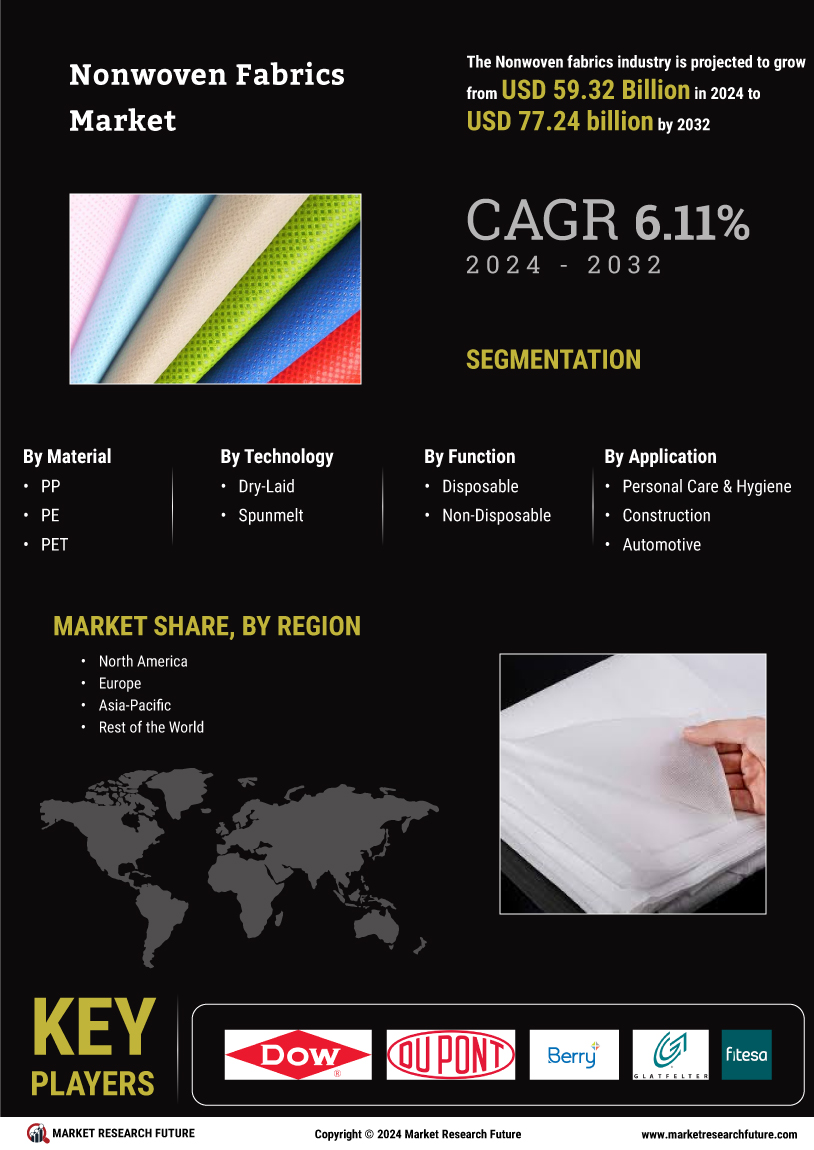

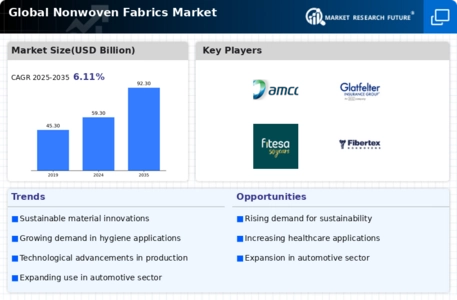
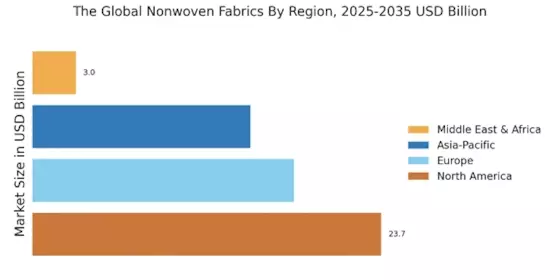

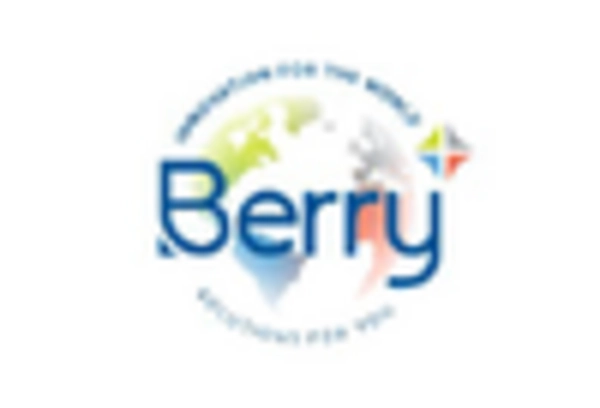
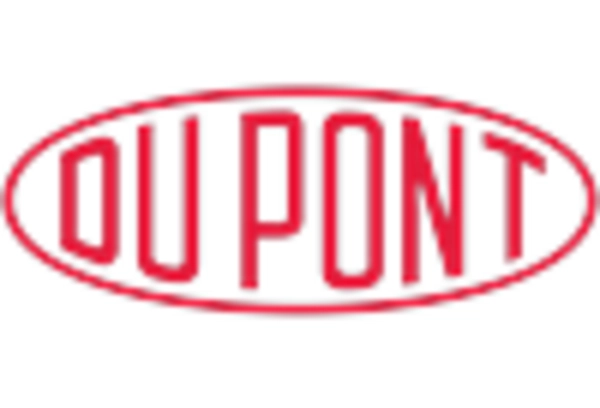
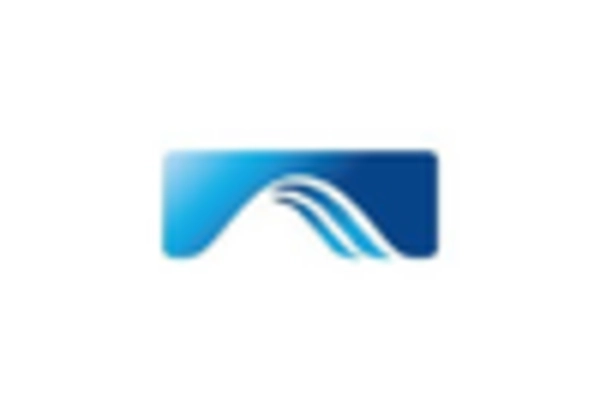

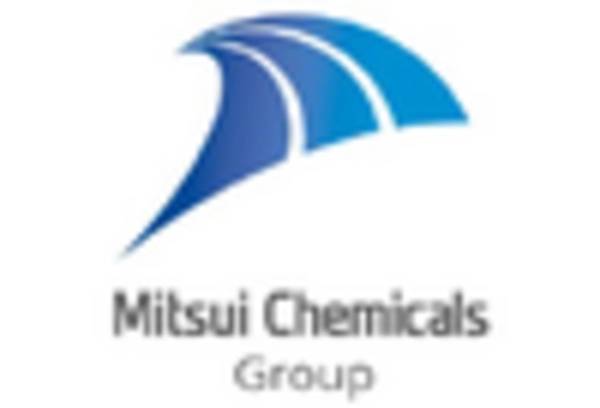








Leave a Comment